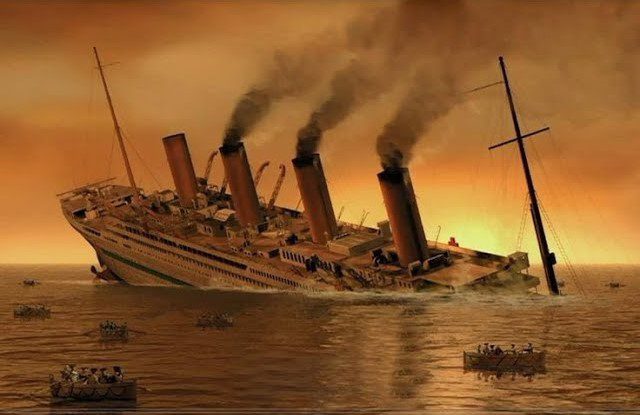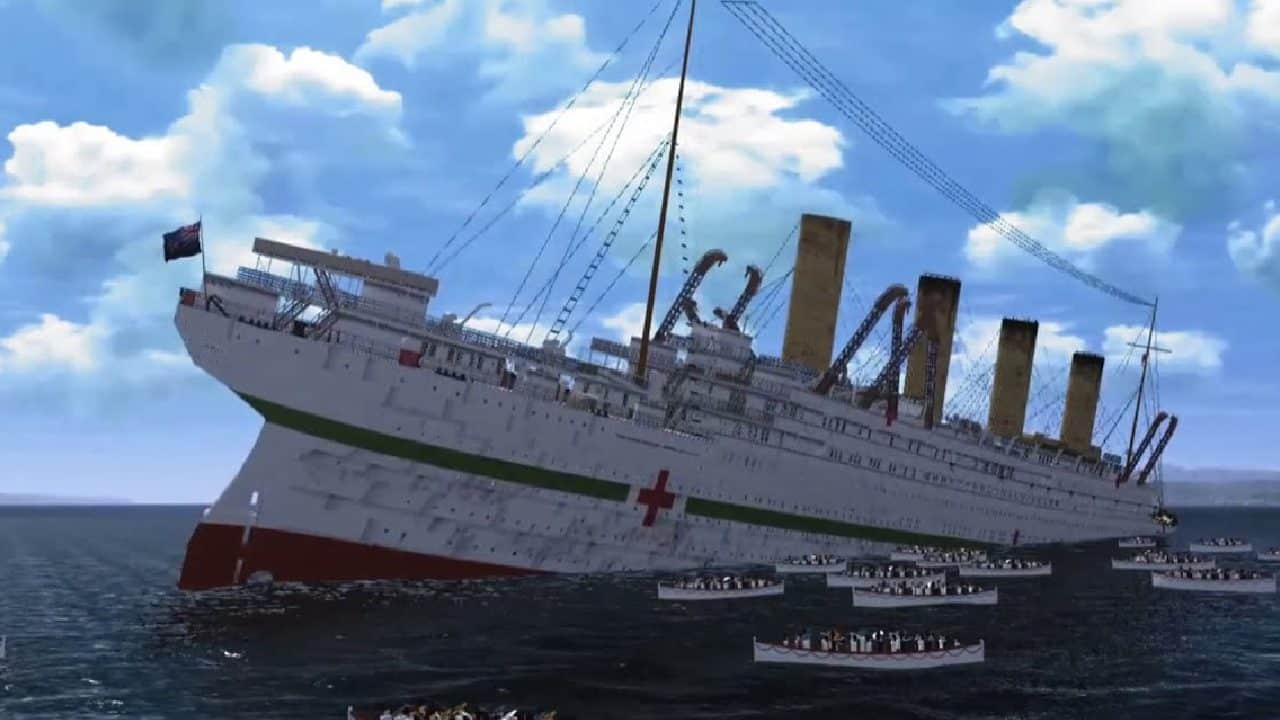The sinking of the Titanic in 1912 remains an indelible chapter in maritime history, synonymous with tragedy. However, the lesser-known fate of its sister ship, the Britannic, paints a similarly heartbreaking tale.

In this article, we delve into the intriguing story of Britannic, its ill-fated journey, and its resting place just 390 feet beneath the surface.
At its inception, the Britannic was envisioned as a magnificent addition to White Star Line’s transatlantic fleet, surpassing the grandeur of the Titanic. Intended to sail alongside the Olympic, it promised opulence and size.
However, the outbreak of World War I in 1914 altered its course dramatically. Converted into a floating hospital, the Britannic embarked on a mission of compassion, offering aid and solace to the wounded.
The Tragic Voyage and Catastrophic End
In December 1915, on its maiden journey from Liverpool to the Greek island of Lemnos, the Britannic carried over 3,000 victims of war, ferrying them back to Southampton. This noble undertaking repeated on several occasions until the Britannic’s military duties came to an end.
However, on November 21, 1916, disaster struck. Departing Southampton once again, bound for Lemnos, the ship was rocked by a violent explosion. Subsequent investigations concluded that the Britannic had most likely struck a mine planted by a German U-boat.

The valiant efforts of the Britannic’s captain to save lives were met with tragic consequences. In a last-ditch attempt, he ordered the ship to go at full speed towards the shore, hoping to secure the safety of everyone on board.
However, the acceleration only exacerbated the flooding, sealing the ship’s fate. Within an hour, the Britannic succumbed to the icy depths, forever entwined with the sea that claimed it. Although over 1,000 passengers were saved, thirty lives were tragically lost.
The Legacy in Visual Recreation and Subsequent Discovery
The haunting moments of the Britannic’s sinking have been captured in a virtual recreation by CaljuCotcas, which they shared on their YouTube account. The video reveals a startling contrast to the Titanic’s demise, depicting the Britannic’s descent at a far swifter pace.
The ship tilts to its right side as the bow gradually plunges beneath the waves, followed by the stern, leaving a lasting impression of this tragic event.

Nearly six decades after the Britannic’s untimely end, in 1975, French ocean researcher Jacques Cousteau discovered the wreck resting at a depth of approximately 390 feet below the surface.
This stark contrast in depth becomes apparent when comparing it to the Titanic, which lies buried approximately 12,500 feet deep in the Atlantic. The Britannic’s resting place serves as a poignant reminder of the vessel’s fate and the lives lost.
In a cruel twist of fate, a recent tragedy struck those involved in investigating the Titanic’s catastrophe. The crew of a submarine, including OceanGate’s CEO Stockton Rush, Shahzada Dawood, Suleman Dawood, Hamish Harding, and Paul-Henri Nargeolet, are believed to have tragically perished.
OceanGate, in a statement, mourned the loss of these courageous explorers, acknowledging their indomitable spirit of adventure and their unwavering dedication to exploring and protecting the world’s oceans.


